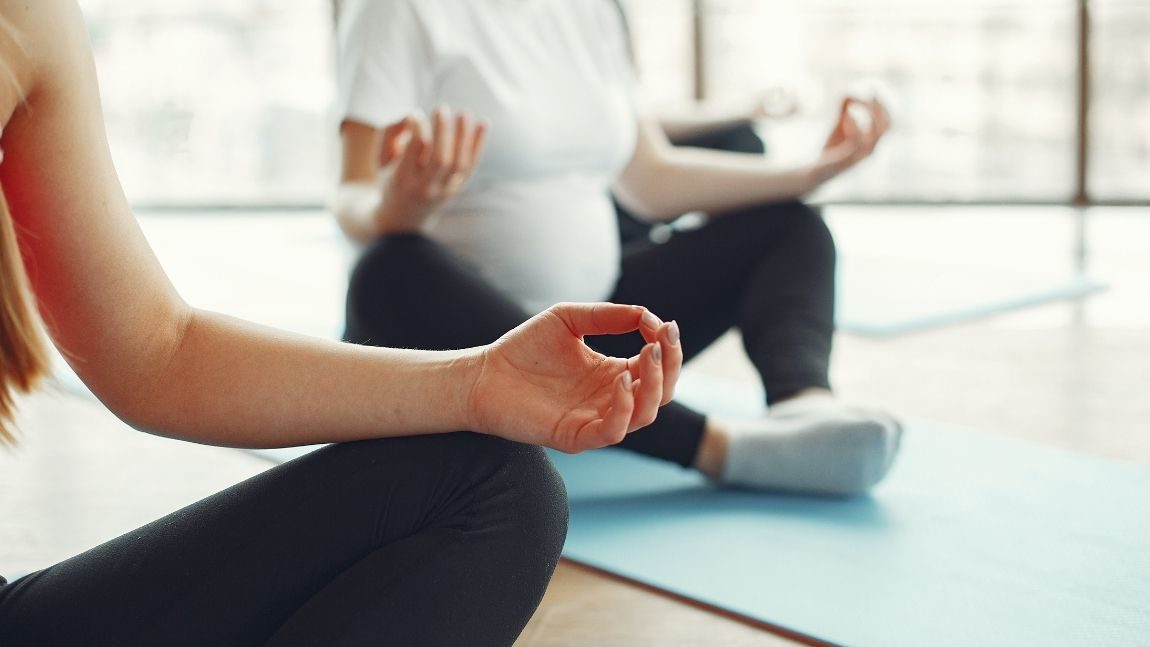The pelvic floor – three words that women (especially pregnant women) hear a lot, often accompanied by the advice to ‘Do your Kegels’. These have been the go-to move to treat and prevent incontinence, or leaking urine, during and after pregnancy. Many women are surprised to find out that a weak pelvic floor can even contribute to things like back pain, so strengthening those muscles can have even more of a widespread effect.
Pairing core work with pelvic floor strength
Although Kegels will help to strengthen the pelvic floor, there are also other moves you can include to work on the entire core and pelvic floor as a unit. Nothing in the body works in isolation and, incorporating exercises that also target the glutes, hips and back can really help with preventing pain in these areas. You’ll find some of these exercises in the video below.
When NOT to strengthen the pelvic floor
However, it’s also important to know when NOT to strengthen the pelvic floor. Not all women will have muscle weakness. Some, especially if you’re very active or lift heavy weights, may have a pelvic floor that is too tight. This is also called a hypertonic pelvic floor. Symptoms can include pelvic pain, low back pain, hip pain, pain during sex, difficulty maintaining a flow of urine, constipation (although this is common anyway during pregnancy and after delivery), incomplete emptying of the bowels, urinary urgency (really needing to GO) or painful urination. In these cases, you’ll want to focus on relaxing and lengthening the muscles, and not overdoing the Kegels. This is something a pelvic floor physiotherapist can diagnose and treat.
Working strength with relaxation during pregnancy
During pregnancy, Kegels and pelvic floor exercises are less about getting the muscles as strong as possible, and more about building awareness around the pelvic floor. We want strength, yes, but we also want the pelvic floor to be able to RELAX when it’s time to give birth. A great way to do this is through simple breathing techniques. By all means do your Kegels and strength work, but make sure to include a little time (even if it’s just 5min while watching TV) for breathing and relaxation. Once your baby has been born and you’ve recovered a bit, you can go a little harder on the strength work as this is when it matters most.
There’s plenty more to be said about the pelvic floor, but I’ll leave it there for now. You’ll find some of my go-to exercises below and be sure to check out the Belly Strong Fitness channel for loads of other videos on a range of different topics related to fitness and pregnancy!






Add Comment